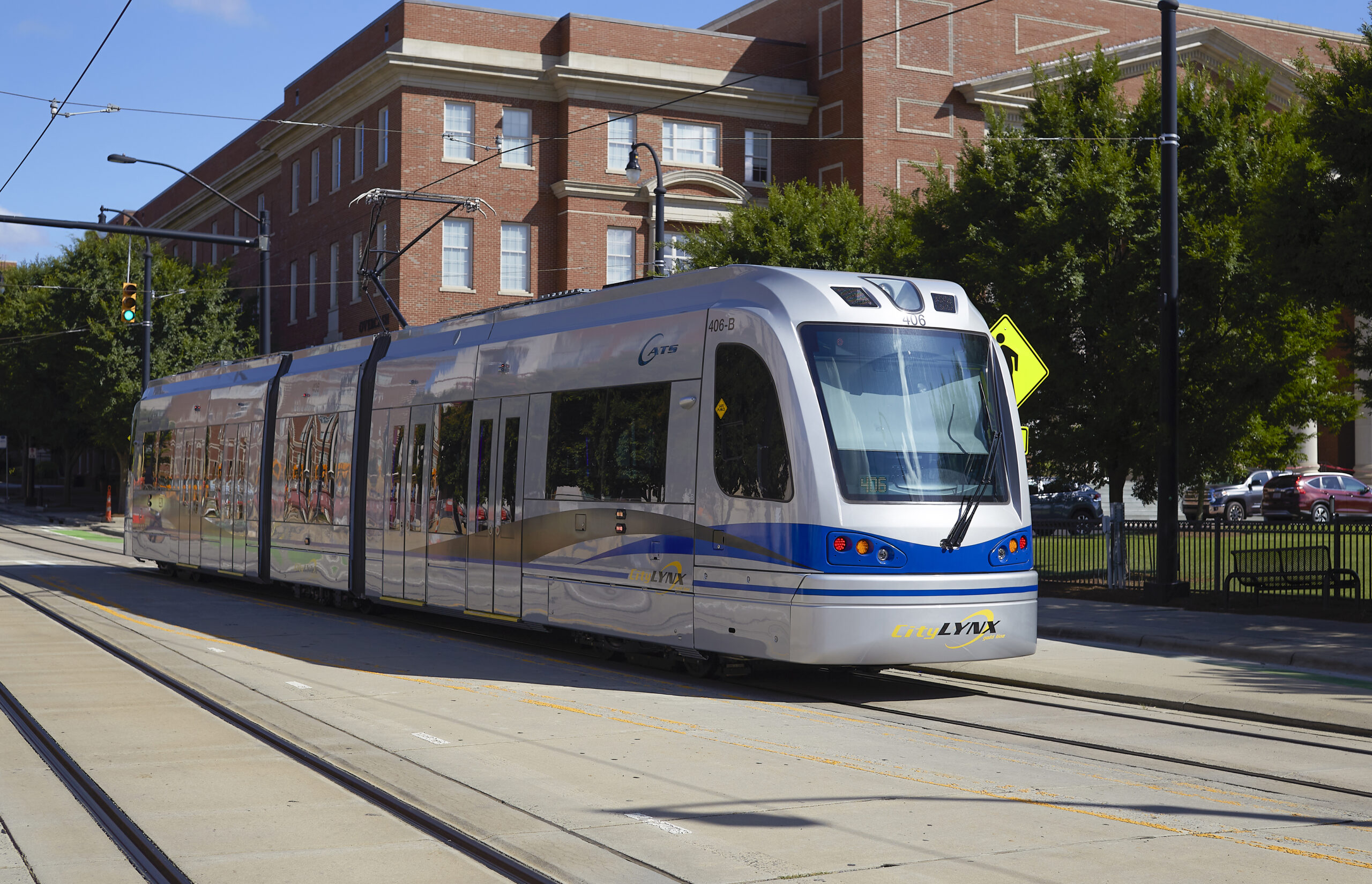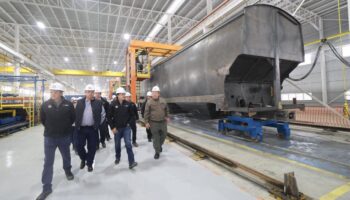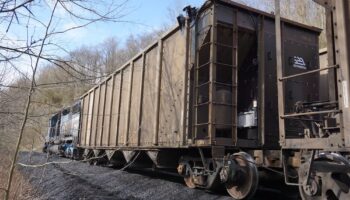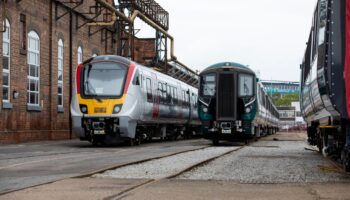USA: The funds will be provided by the Federal Transport Administration (FTA) as a part of a massive five-year $1.2 trln USD infrastructure investment plan approved by US President Joe Biden last week. They will be aimed at reducing emissions and will apply to all types of transport: trams, metro, buses, commuter trains.
In the USA the introduction of alternative “green” traction in passenger rail transport is at an early stage. In 2016 Charlotte authorities provided Siemens Mobility with the order for hybrid trams (battery + catenary) which are already in operation. In spring-2021 American tram-building Brookville has introduced the tram with a similar technology as it is planned to be delivered to Tempe in Arizona. Also in the summer of 2020 New York approved the purchase of 25 hybrid locomotives (diesel + battery) from #Wabtec to operate the city’s underground service trains. In terms of commuter transport, in 2019 Stadler Rail received an order for a hydrogen-powered train from San Bernardino County in California. The manufacturer is due to present a two-car train in 2024, while the contract includes an option for a prospective order of 4 more trains.
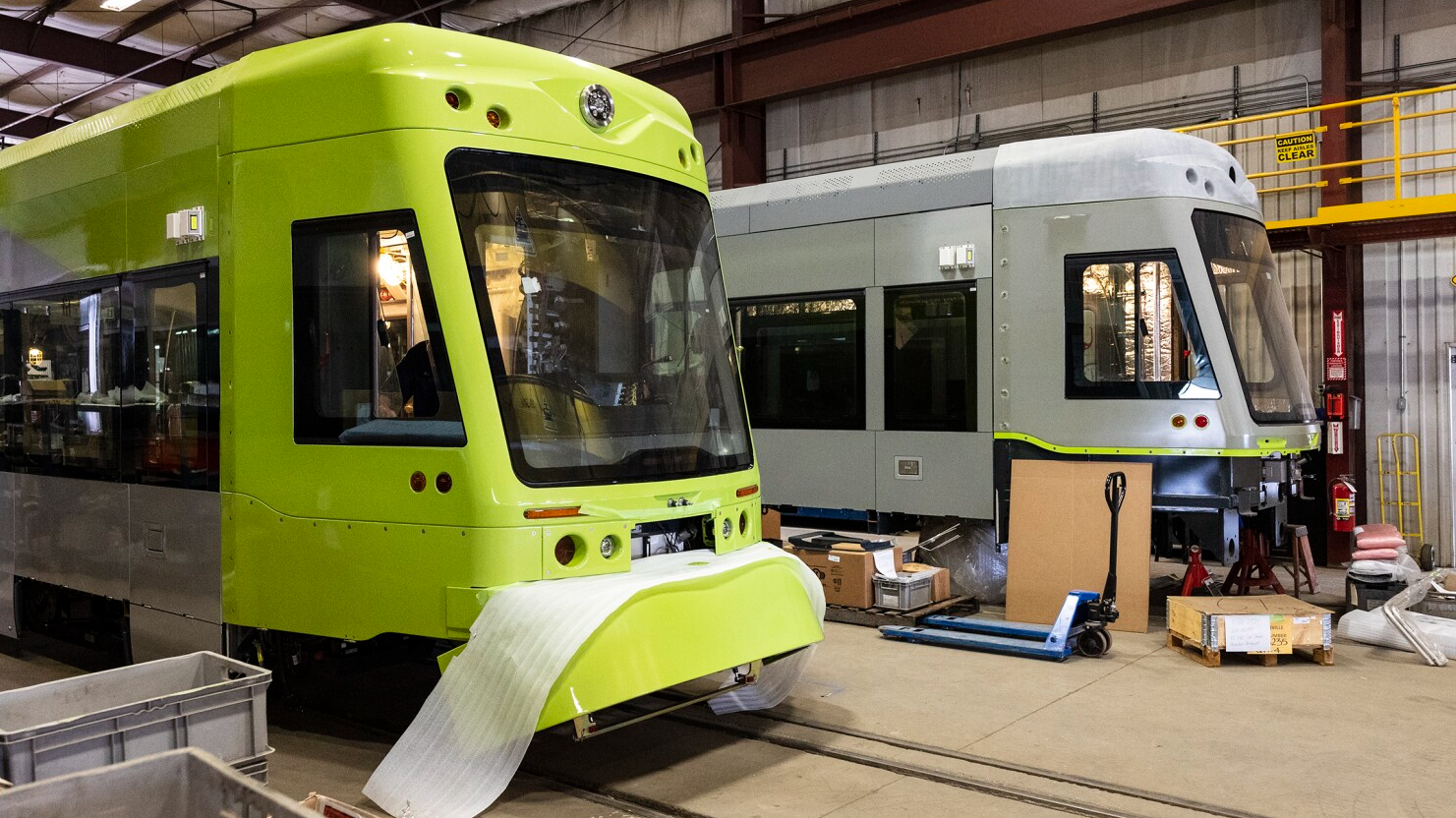 Tram production at the Brookville company plant in USA. Source: David Kidd, Governing
Tram production at the Brookville company plant in USA. Source: David Kidd, Governing
The Infrastructure Investment and Jobs Act (IIJA), signed by Joe Biden, requires the largest government investment in public and rail transport throughout the US history. In particular, only FTA possesses several more grant programs that can provide additional boost to rail rolling stock demand: it is $8 bln USD for public transport projects with high passenger capacity and $1.5 bln USD specifically for the railway rolling stock replacement. The FTA notes that the funds will allow to replace more than 500 aging underground carriages, trams and commuter train cars.
In total, within the IIJA framework, public transport should receive $39 bln USD of state funds within 5 years. Another $66 bln USD will be invested in the development of railway transport, including high-speed rail projects. While a third of these funds will go directly to the national passenger operator Amtrak, for which this is equivalent to six times its annual revenue. As President and CEO of Amtrak William Flynn said in an interview to IRJ, $16 bln USD of this support will be allocated to projects of rolling stock replacement, stations and repair facilities modernization. At the end of 2019 Amtrak’s own fleet included 1.4 thousand passenger coaches, 240 diesel and 66 electric locomotives and 20 trains with an operating speed of 240 km/h.
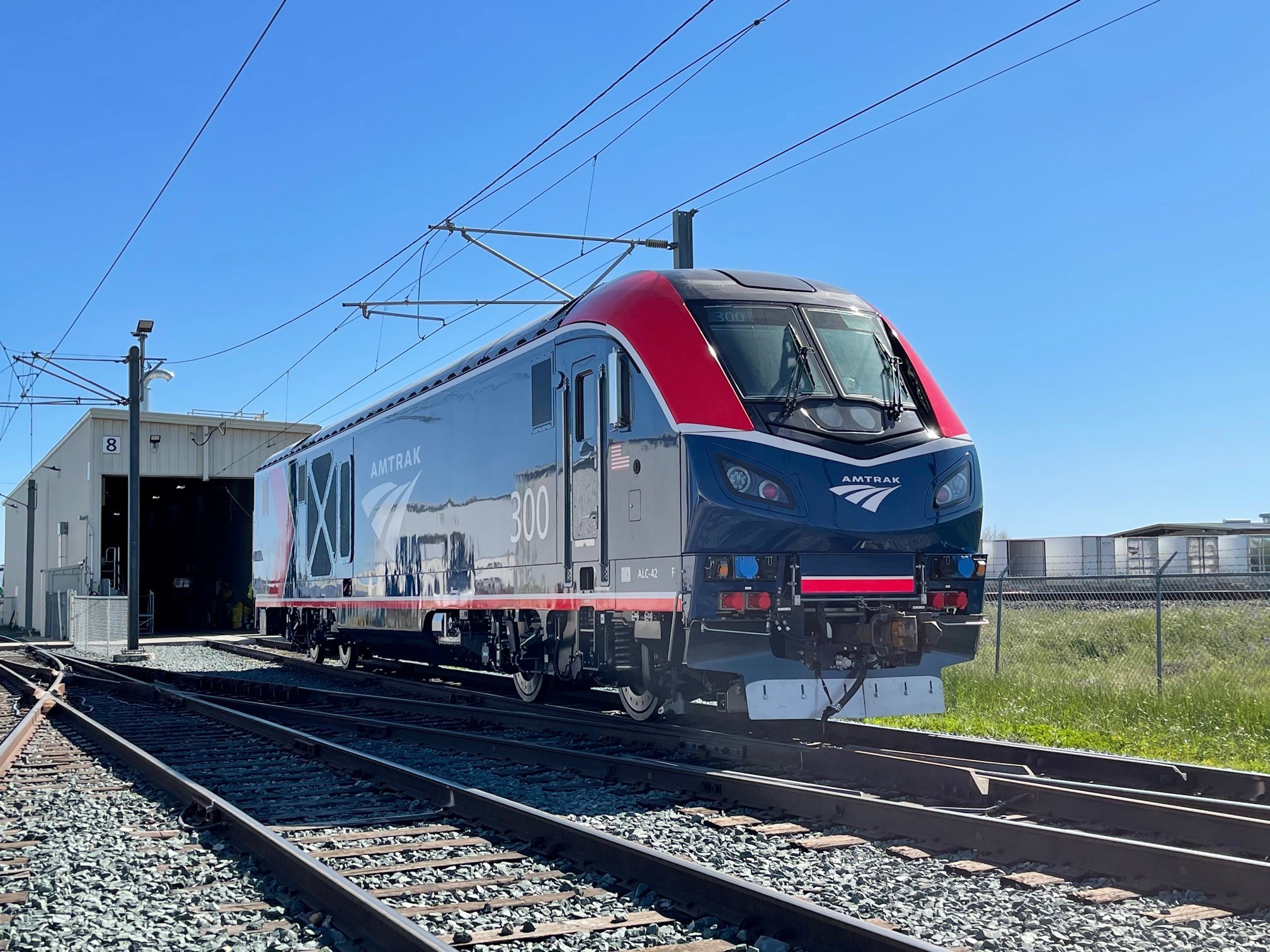 ALC-42 Charger diesel locomotive by Siemens Mobility for Amtrak. Source: Siemens
ALC-42 Charger diesel locomotive by Siemens Mobility for Amtrak. Source: Siemens
According to the Russian-based Institute of Natural Monopolies Research (IPEM), in 2019 the North American (USA and Canada) rolling stock market volume amounted to €7.7 bln, with more than 70% were accounted for by freight cars. With such state investment plans the region’s demand for rolling stock may reach the level of the Western Europe market ($13 bln USD in 2019) for the next 5 years, but it will still be smaller than the Asian market ($21,6 bln USD). However, the US still need to determine the sources of that funding. As Joe Biden reported earlier, he plans to avoid an increase in government debt and ensure state investment of IIJA by increasing taxes on American companies, including tax on profits earned abroad.
It is worth noting that at the moment the American market is closed to the global leader – CRRC. Since the beginning of 2020 the USA has prohibited state financing of the Chinese rolling stock procurement. The cybersecurity threat is named as an official reason of such decision.



